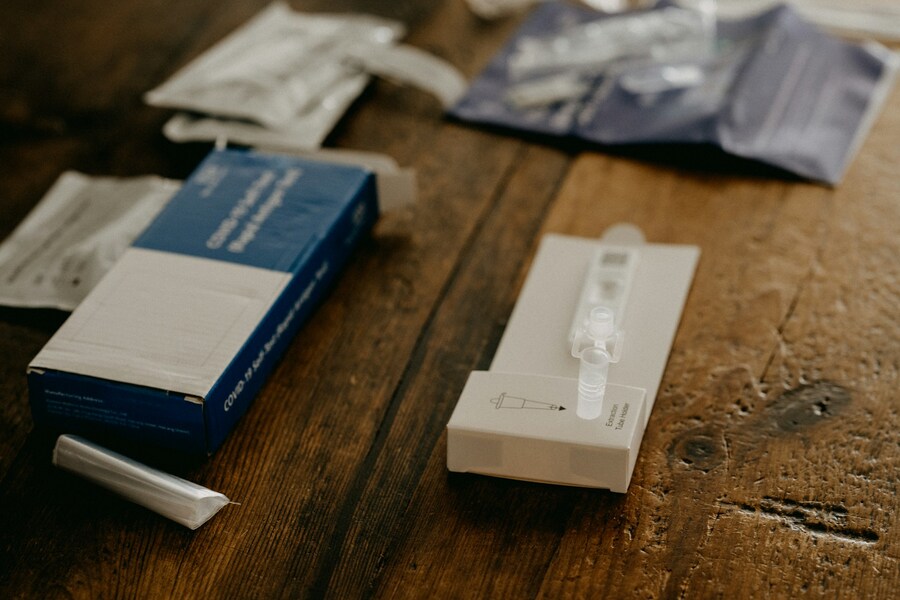Traveling is an exhilarating experience, a chance to explore new cultures, meet new people, and create lasting memories. However, the journey to your destination often begins with a rite of passage that can be either a seamless breeze or a frustrating ordeal: the airport security checkpoint. While it may seem like a straightforward process, countless travelers find themselves in a slow-motion dance of fumbling with bags, removing shoes, and being pulled aside for further inspection. These common mistakes not only add stress to your trip but also contribute to longer lines for everyone else. By understanding the most frequent blunders and preparing accordingly, you can transform a potential bottleneck into a swift, efficient part of your travel day. So, let's delve into the 7 most common mistakes to avoid!
So, why let minor missteps turn your travel day into a frustrating delay?
The key to a smooth airport security experience is preparation. A traveler who plans ahead can anticipate the demands of the checkpoint and avoid the common pitfalls that lead to delays. The process is designed for safety and efficiency, but it requires cooperation and a bit of forethought. From the moment you begin packing to the final approach to the scanner, every decision you make impacts your time in line.

Source: Nathan Walker/Unsplash
Choosing inappropriate shoes
One of the most common and easily avoidable delays comes from a simple wardrobe choice: your shoes. The requirement to remove footwear at many security checkpoints means that the type of shoes you wear can dramatically affect how quickly you move through the line. Travelers often wear elaborate lace-up sneakers, sturdy hiking boots, or shoes with multiple buckles, all of which require a considerable amount of time to undo and redo. This fumbling not only slows you down but also creates a ripple effect, adding precious minutes to the wait for those behind you. A simple solution is to opt for slip-on shoes, loafers, or sandals. These can be removed and put back on in a matter of seconds, allowing you to breeze through the process. When considering your travel day attire, prioritize comfort and convenience, starting from the ground up.
Carrying a chaotic bag
The contents of your carry-on bag are a window into your travel habits, and a chaotic interior can signal a red flag to security officers. When a bag is a jumble of clothes, electronics, and various small items, the X-ray machine's image becomes cluttered and difficult to interpret. This can lead to a secondary inspection, where an officer has to manually sift through your belongings to identify everything. This process is time-consuming for you and the officer, and it can be stressful as your neatly packed items are turned upside down. The fix is simple: organize your bag with purpose. Use packing cubes for clothes and have a designated, easily accessible pouch for electronics, chargers, and liquids. This allows the X-ray image to be clear and the officer to quickly verify the contents, eliminating the need for a hands-on search. Taking the time to organize your bag before you leave for the airport is one of the most effective ways to ensure a swift journey through security.
Failing to notify officers about medical gear
Many travelers use medical devices, and while these are generally permitted through security, failing to inform officers can lead to confusion and delays. Devices like pacemakers, defibrillators, or even joint replacements can trigger the metal detector. Trying to hide a device or not mentioning it proactively is a mistake. The best approach is to inform the security officer before you walk through the scanner. This allows them to use a wand or conduct an alternative screening method that accounts for your medical device, avoiding unnecessary alarm and a potential pat-down. Keeping your medical device information readily available and communicating clearly with the security team is a critical step in a stress-free screening process.
Keeping gifts wrapped in your bag

Source: Val Vesa/Unsplash
The holiday season brings a surge of travelers carrying wrapped gifts, but this festive gesture can become a major security blunder. Since security officers need to verify the contents of every bag, a wrapped gift can obscure the identity of an item on the X-ray screen. An officer may be required to unwrap the present to inspect it, a move that can be frustrating and ruin the surprise. To avoid this awkward situation, it's best to either pack unwrapped gifts or ship them to your destination ahead of time. If you must carry a gift, consider using a decorative gift bag instead of wrapping paper, which allows for quick inspection without damaging the gift's presentation.
Forgetting to empty pockets completely
Before you even step into the scanner, you're instructed to empty your pockets. Yet, countless travelers fail to remove everything, from coins and keys to wallets and cell phones. These small items, whether metal or not, can trigger the alarm and lead to a frustrating pat-down. A simple pat-down can take a few minutes, which in the context of a busy security line, feels like an eternity. To avoid this, it's a good practice to empty your pockets and place all contents – including small change, tissue, and keys – into a designated tray. This simple act of preparation ensures that your passage through the scanner is quick and hassle-free.
Bringing forbidden items
The most direct way to get pulled aside is to pack prohibited items. The rules are clear and readily available on official websites, yet travelers still attempt to carry on oversized liquids, sharp objects, or other restricted items. The liquid rule, in particular, is a common trap. Liquids, gels, and aerosols are generally limited to 3.4 ounces (100 milliliters) and must fit into a single quart-sized bag. Many travelers forget that items like creamy dips, peanut butter, and even snow globes fall under this category. A small, seemingly harmless item can lead to a significant delay as officers pull your bag, confiscate the item, and potentially conduct a full search. To avoid this, review the TSA's list of prohibited items before you pack and ensure all liquids comply with the guidelines.
Skipping TSA PreCheck enrollment
One of the most significant advancements in airport security is the TSA PreCheck program. While it may seem like an unnecessary expense, for frequent travelers, it's an invaluable tool for saving time. TSA PreCheck members are eligible for expedited screening, which means they can often keep their shoes, belts, and light jackets on. Laptops and 3-1-1 liquids can also remain in their bags. The application process is straightforward, and the benefits in terms of time saved are substantial. For those who frequently travel, a small investment in this service can dramatically improve their airport experience. You can also save on other travel expenses; for instance, many travelers utilize convenient and affordable airport parking services to minimize costs. Booking a spot in advance through platforms like ParkingNearAirports.io can help you find great parking discounts and easily compare airport parking charges per day. This proactive approach to travel planning ensures you're prepared for every leg of your journey, from the moment you leave your home to the moment you board your flight.

Source: Annie Spratt/Unsplash
Conclusion
While airport security can feel like a gauntlet, it doesn't have to be. By understanding the common missteps and preparing accordingly, you can transform a frustrating wait into a swift and seamless experience. The secret lies in proactive planning – from the shoes you wear to the way you pack your bag. This foresight not only benefits you but also contributes to the efficiency of the entire system, making everyone's travel day a little less stressful. Safe travels!






